Elagabalus: The Enigmatic and Controversial Emperor of Rome
The Rise of a Boy Emperor
In the annals of Roman history, few figures are as enigmatic and polarizing as Emperor Elagabalus. Born Varius Avitus Bassianus around 203 or 204 AD, he ascended to the imperial throne at the tender age of 14, making him one of the youngest emperors in Roman history. His reign, which lasted from 218 to 222 AD, was marked by religious upheaval, political intrigue, and scandalous behavior that would earn him enduring notoriety.
Elagabalus came to power during a turbulent period known as the Severan dynasty's decline. His great-aunt, Julia Maesa, orchestrated his rise as a rival to the unpopular Emperor Macrinus, exploiting the youth's familial connection to the revered Emperor Caracalla. The Roman legions, loyal to Caracalla's memory, quickly proclaimed Elagabalus as emperor, and within months, Macrinus was defeated and executed.
The young emperor took his name from the sun god Elagabal (also called El-Gabal or Heliogabalus), whom he served as high priest in Emesa (modern-day Homs, Syria). This connection to an exotic eastern deity would prove both fascinating and disturbing to the Roman establishment.
The Cult of Elagabal Comes to Rome
One of Elagabalus's most controversial actions was his attempt to impose the worship of the Syrian sun god Elagabal as Rome's supreme deity. This religious revolution shocked Roman traditionalists and alienated many in the senatorial class.
The emperor brought the sacred black stone of Emesa - a meteorite believed to embody the sun god - to Rome in a grand procession. He built a magnificent temple on the Palatine Hill, the Elagabalium, where he performed elaborate eastern rites. These ceremonies, conducted in lavish Syrian robes and accompanied by music and dance, stood in stark contrast to the more restrained traditions of Roman state religion.
Elagabalus went so far as to subordinate Jupiter, Rome's chief god, to Elagabal, declaring that all other gods were merely his servants. This radical religious policy created tension with the Roman elite and the populace, who viewed it as an affront to Roman tradition and imperial dignity.
Scandal and Excess in the Imperial Court
Beyond his religious innovations, Elagabalus became infamous for his personal conduct, which ancient historians described with varying mixtures of fascination and condemnation. The Historia Augusta, Cassius Dio, and other sources portray a ruler whose lifestyle shocked even jaded Romans.
The emperor reportedly indulged in extravagant banquets where guests were served unusual delicacies like camel heels and nightingale tongues. He supposedly scattered gold and silver coins among the populace from rooftops just to watch the ensuing chaos. His personal whims often disrupted civic life, as when he reportedly summoned Rome's leading citizens to perform ridiculous tasks for his amusement.
Perhaps most scandalous to Roman sensibilities were Elagabalus's sexual and gender nonconformity. Ancient sources describe the emperor as favoring traditionally feminine clothing, makeup, and hairstyles, and openly seeking sex with men - including slaves and chariot drivers - while declaring himself the "wife" of his freedman Hierocles. He allegedly offered vast sums to any physician who could provide him with female genitalia, though modern historians debate the accuracy of these accounts.
Political Maneuvering and Familial Intrigue
Behind the tales of excess, Elagabalus's reign was marked by serious political developments. His grandmother Julia Maesa and mother Julia Soaemias initially held real power, attempting to balance the emperor's unconventional behavior with pragmatic governance.
Recognizing the need for stability, the Julia women arranged for Elagabalus to adopt his cousin, the more conventional Alexander Severus, as his heir. This move was meant to reassure the Roman elite and military, but it ultimately undermined Elagabalus's position.
As Alexander grew in popularity, Elagabalus reportedly grew jealous and attempted to rescind the adoption. This proved a fatal mistake. The Praetorian Guard, seeing Alexander as a more reliable ruler, turned against Elagabalus.
The Violent End of a Controversial Reign
In March 222 AD, after just four years of rule, Elagabalus's tumultuous reign came to a bloody end. The Praetorian Guard mutinied, killing both the emperor and his mother. Their bodies were dragged through the streets of Rome before being thrown into the Tiber River - the ultimate humiliation for a Roman emperor.
The Senate then enacted damnatio memoriae, attempting to erase all records of Elagabalus's rule. His cousin and adopted heir, Alexander Severus, succeeded him, marking a return to more traditional Roman values.
The bizarre and short-lived reign of Elagabalus left an indelible mark on Roman history. His story serves as a lens through which we can examine Roman attitudes toward religion, gender, sexuality, and imperial power during the empire's declining years.
Elagabalus in Historical Context: Separating Fact from Fiction
The historical record of Elagabalus presents modern scholars with significant challenges. Most surviving accounts come from later historians like Cassius Dio and the anonymous authors of the Historia Augusta, who wrote with clear biases against the young emperor. These sources often exaggerated or sensationalized his behavior to fit narratives about moral decline and unfit rulers.
Recent scholarship suggests we should approach the traditional portrayal of Elagabalus with skepticism. The most salacious stories - such as his alleged prostitution in imperial palaces or hosting banquets where guests were smothered under piles of flower petals - may reflect political propaganda rather than historical fact. The truth likely lies somewhere between the damning ancient accounts and modern attempts at rehabilitation.
The Religious Revolution: More Than Just Eccentricity
Elagabalus's religious policies, often dismissed as mere eccentricity, represented a serious attempt at theological innovation. The emperor saw himself as the earthly representative of a universal solar deity that could unify the empire's diverse religious traditions. This concept wasn't entirely alien - the worship of Sol Invictus (the Unconquered Sun) would later become central under Emperor Aurelian.
The emperor's religious practices included:
- Daily animal sacrifices conducted with elaborate Syrian rituals
- Processions where the black stone of Emesa was paraded through Rome in jeweled chariots
- Ritual dances performed around altars to the sound of cymbals and drums
- The introduction of circumcision among some Roman priests, shocking to traditional Romans
This religious revolution failed not because of its exoticism alone, but because Elagabalus moved too quickly and without adequate political groundwork. His dismissal of Jupiter Capitolinus - Rome's supreme deity for centuries - as merely a servant to Elagabal proved particularly offensive to traditionalists.
The Court of Elagabalus: A Cultural Melting Pot
The imperial court under Elagabalus became a fascinating crossroads of cultures, reflecting the increasingly diverse nature of the Roman Empire. Syrian, Greek, Egyptian, and other eastern influences dominated palace life, marking a distinct departure from the traditionally Roman character of previous courts.
Key figures in Elagabalus's circle included:
- Julia Maesa: The powerful Syrian grandmother who essentially ruled the empire during the early part of his reign
- Julia Soaemias: The emperor's mother and co-consul, one of the first women to hold such political power
- Hierocles: A former slave and charioteer who became the emperor's favorite and "husband"
- Zoticus: An athlete reportedly brought to court as imperial lover, given lofty titles and honors
The prominence of easterners and former slaves in positions of power particularly rankled the Roman aristocracy. Elagabalus's court represented a dramatic inversion of traditional Roman social hierarchies that many found intolerable.
Gender and Sexuality in Elagabalus's Rome
The ancient accounts of Elagabalus's gender expression and sexual behavior raise important questions about Roman attitudes toward these matters. While Roman society had well-defined roles for men and women, it wasn't as strictly binary as sometimes assumed.
Elagabalus reportedly:
- Preferred to be called "domina" (lady) rather than "dominus" (lord)
- Wore silk garments, makeup, and elaborate wigs
- Offered rewards to find a doctor who could "change his sex"
- Married and divorced five times while claiming Hierocles as his husband
Some modern scholars interpret this as early evidence of transgender identity, while others see it as religious performance or political provocation. The truth may encompass all these elements - Elagabalus's behavior challenged Roman norms in multiple dimensions simultaneously.
The Military Under Elagabalus: Neglect and Discontent
While much attention focuses on Elagabalus's personal life, his military policies significantly contributed to his downfall. Unlike his predecessors who cultivated military support, Elagabalus largely ignored Rome's armies, focusing instead on religious and court matters.
Key problems included:
- Reducing military pay and privileges to fund lavish court ceremonies
- Appointing unqualified favorites to important military commands
- Failing to participate in traditional military activities expected of emperors
- Withdrawing from active governance of frontier provinces
The Praetorian Guard, Rome's elite military unit responsible for imperial security, grew particularly discontent. Their eventual decision to support Alexander Severus sealed Elagabalus's fate. This military neglect stands in stark contrast to his cousin and successor Alexander Severus's careful cultivation of army support.
Architectural and Cultural Legacy
Despite the short duration of his reign and subsequent damnatio memoriae, Elagabalus left physical marks on Rome that survived his fall:
- The Elagabalium temple remained standing until at least the late 3rd century
- His massive public baths (Thermae Elagabali) continued in use for generations
- The Pincian Hill gardens he developed became an enduring feature of Rome's landscape
- Many of his eastern religious innovations anticipated later imperial cults of Sol Invictus
The surviving traces of his reign suggest that while his memory was officially condemned, many of his projects served practical purposes that Romans were unwilling to destroy out of hand.
This middle period of Elagabalus's story reveals the complex interplay between personal eccentricity, religious innovation, and political reality in the late Roman Empire. His reign pushed boundaries in ways that both fascinated and terrified his contemporaries, creating a legend that endures nearly two millennia later.
The Aftermath and Historical Rehabilitation of Elagabalus
Following Elagabalus's violent death in 222 AD, the Roman Empire embarked on a systematic campaign to erase his memory from official records. The Senate's damnatio memoriae condemned his reign and attempted to remove his name from monuments and documents. However, despite these efforts, Elagabalus's legend persisted, transforming over centuries from a cautionary tale to a subject of scholarly reevaluation.
The Severan Dynasty's Final Years
Alexander Severus's ascension marked both continuity and rupture with his cousin's regime. While presenting himself as the antithesis of Elagabalus – moral, Roman, and soldierly – Alexander maintained some of his predecessor's administrative structures. The Severan women (Julia Maesa and later Julia Mamaea) continued wielding considerable political influence behind the throne, demonstrating that Elagabalus's family retained power despite his personal downfall.
Notable changes Alexander implemented included:
- Restoration of traditional Roman religious practices
- Implementation of a regency council of respected senators
- Renewed focus on military affairs and frontier defense
- More prudent fiscal policies
Ironically, some historians argue that Alexander Severus's more conventional approach proved less effective in addressing the empire's mounting crises than Elagabalus's radicalism might have ultimately been.
Ancient Historiography: The Making of a Monster
The scandalous portrait of Elagabalus that dominates popular imagination stems largely from ancient sources with clear biases. Cassius Dio, writing just years after the events, portrayed the emperor as the embodiment of imperial decadence. The Historia Augusta, composed a century later, amplified these accounts with increasingly fantastical details.
Modern historians identify several factors influencing these negative portrayals:
- Political necessity to justify the overthrow of a reigning emperor
- Cultural prejudices against Syrian influences in Roman life
- Anxiety about gender norms and imperial masculinity
- The need to contrast Elagabalus unfavorably with Alexander Severus
Recent archaeological evidence suggests the reality was more nuanced. Coins and inscriptions from Elagabalus's reign show conventional imperial propaganda, suggesting his administration maintained normal governance despite his personal eccentricities.
Gender and Sexuality Reexamined
Twenty-first century scholarship has brought renewed attention to Elagabalus's gender expression and sexuality, with interpretations ranging widely:
The Traditionalist View:
- Sees behavior as deliberate provocation or mental instability
- Argues ancient concepts don't map onto modern LGBTQ+ identities
The Queer Theory Perspective:
- Interprets Elagabalus as an early transgender or genderfluid figure
- Views the emperor's actions as resistance to rigid Roman gender roles
The Religious Interpretation:
- Posits that Elagabalus's gender nonconformity stemmed from priestly duties to his androgynous deity
- Notes similarities with cross-dressing priests of Cybele and other eastern cults
This debate reflects broader discussions about applying modern categories to ancient individuals while recognizing the emperor's clear disruption of normative Roman masculinity.
Elagabalus in Modern Culture
From Decadent poetry to contemporary television, Elagabalus has fascinated artists centuries after his death. This cultural afterlife often focuses on the most sensational aspects of his reign while ignoring the historical context.
Notable appearances include:
Literature:
- Louis Couperus's 1908 novel "De Berg van Licht" (The Mountain of Light)
- Antonin Artaud's 1934 play "Héliogabale ou l'Anarchiste couronné"
- Numerous references in Decadent and Symbolist poetry
Visual Arts:
- Victorian-era paintings depicting scandalous banquets
- Appearances in comic books and graphic novels
- Allegorical representations in political cartoons
Popular Media:
- Featured in documentaries about Rome's "mad emperors"
- Appears in video games like Civilization and Ryse: Son of Rome
- Inspired characters in television shows and operas
This cultural legacy demonstrates how Elagabalus continues to serve as a symbol of excess, rebellion, and nonconformity.
Lessons from Elagabalus's Reign
Beyond the scandals, Elagabalus's brief rule offers important insights into the Roman Empire's changing nature:
- Demonstrated growing eastern influences on Roman culture and religion
- Highlighted tensions between imperial autocracy and traditional governance
- Revealed cracks in the façade of imperial masculinity and propriety
- Showcased the political power of imperial women behind the throne
- Prefigured later religious developments like Sol Invictus worship
Historians now recognize that many "bizarre" aspects of Elagabalus's reign reflected broader cultural shifts rather than mere personal eccentricity.
Conclusion: Reassessing Rome's Most Notorious Emperor
The passage of nearly eighteen centuries has allowed for a more balanced assessment of Elagabalus's tumultuous reign. While aspects of his behavior were undoubtedly unconventional by Roman standards, the extreme portrayals of ancient historians require critical examination.
Key reassessments include:
- Recognizing his religious policies as serious theological innovation rather than mere folly
- Understanding his gender expression within broader ancient contexts of ritual and identity
- Acknowledging that much of the scandal may have been political propaganda
- Seeing his reign as part of Rome's gradual transformation rather than pure aberration
Ultimately, Elagabalus serves as a fascinating case study in how history remembers – and often distorts – figures who challenge societal norms. His brief but dramatic reign illuminates the Roman Empire at a critical juncture, when traditional certainties were giving way to new religious, cultural, and political realities. Whether viewed as heretic, visionary, libertine, or victim of historical slander, Elagabalus remains one of antiquity's most compelling and misunderstood figures.




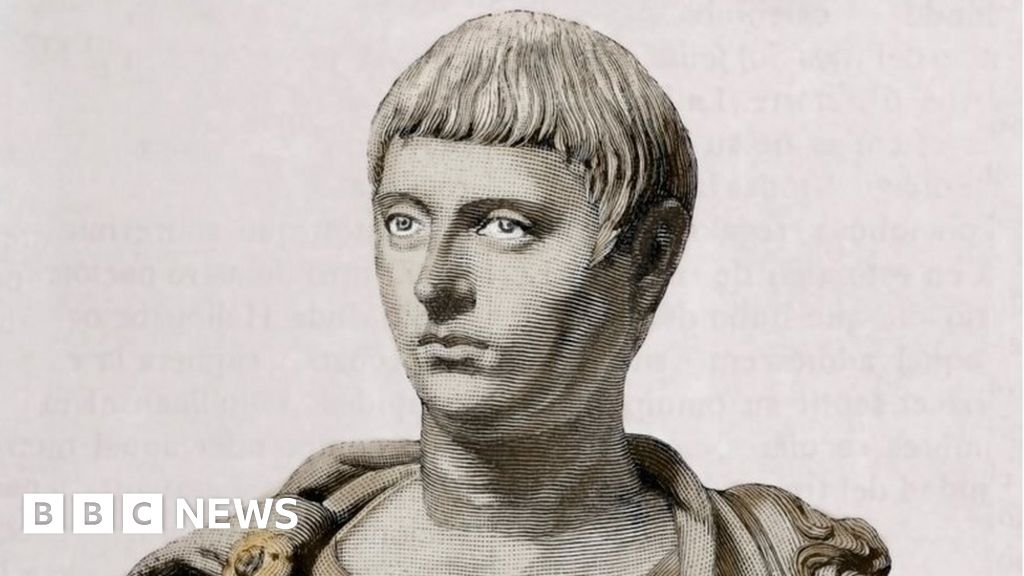




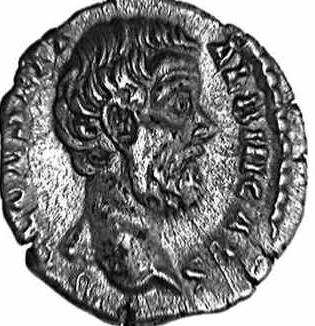








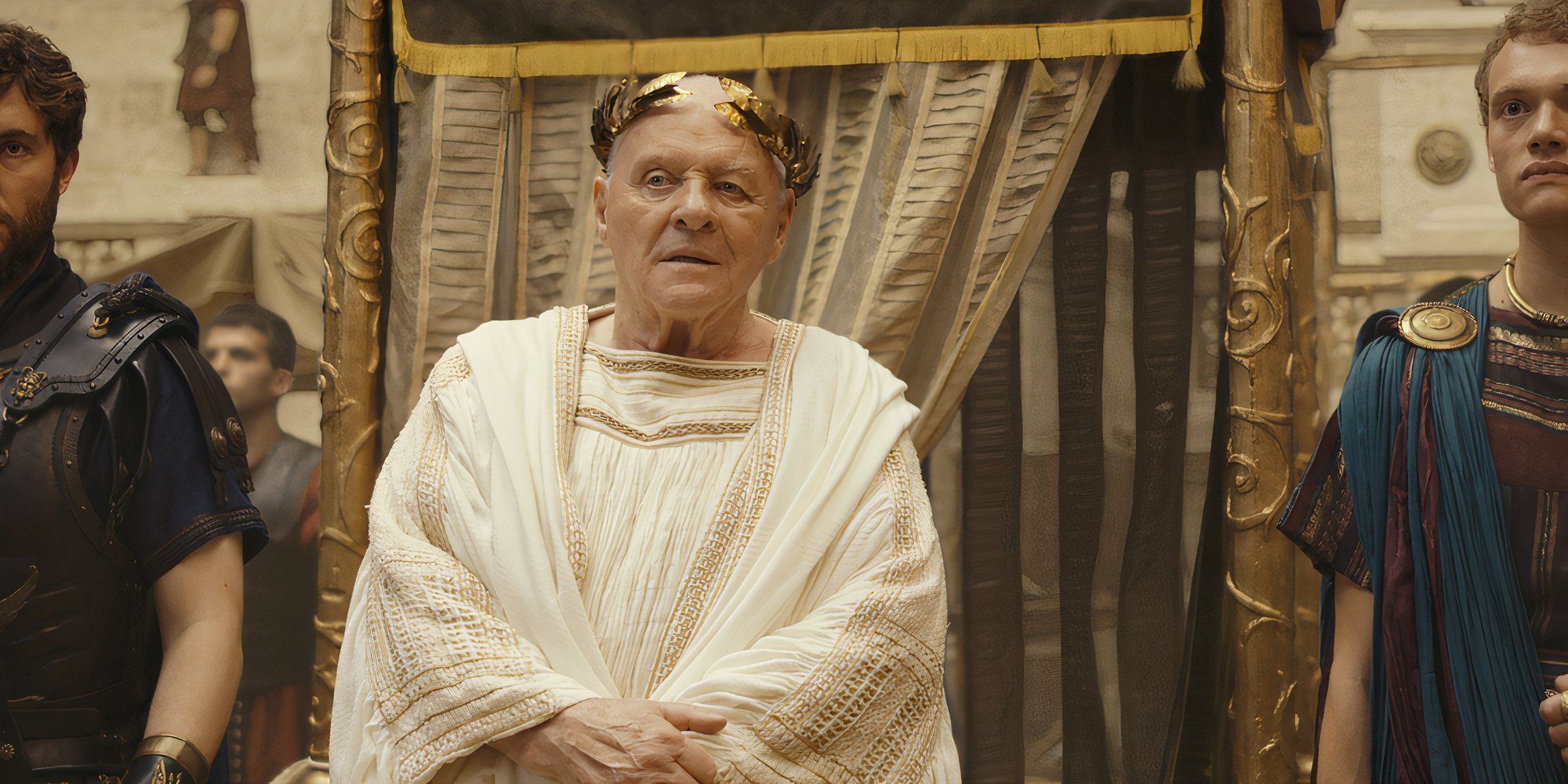
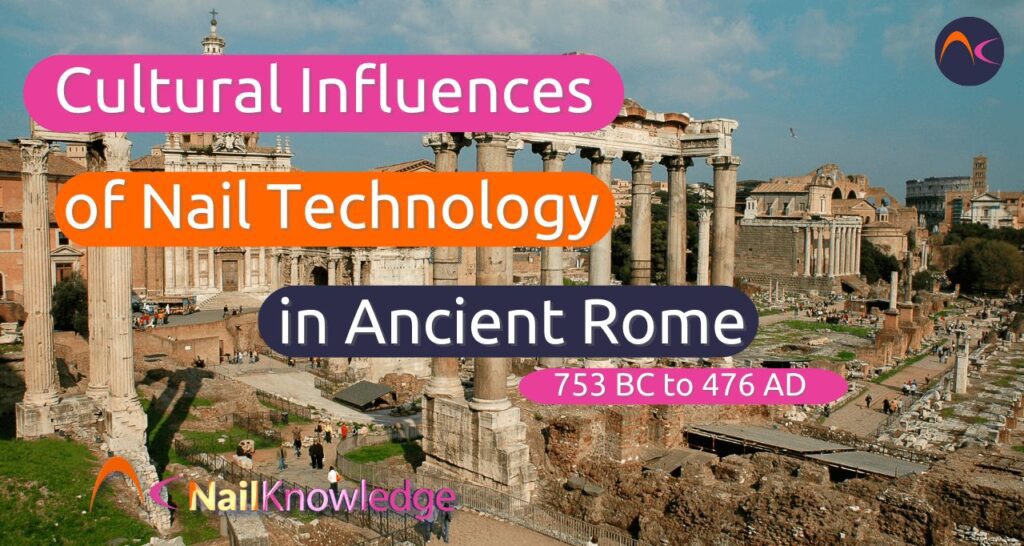
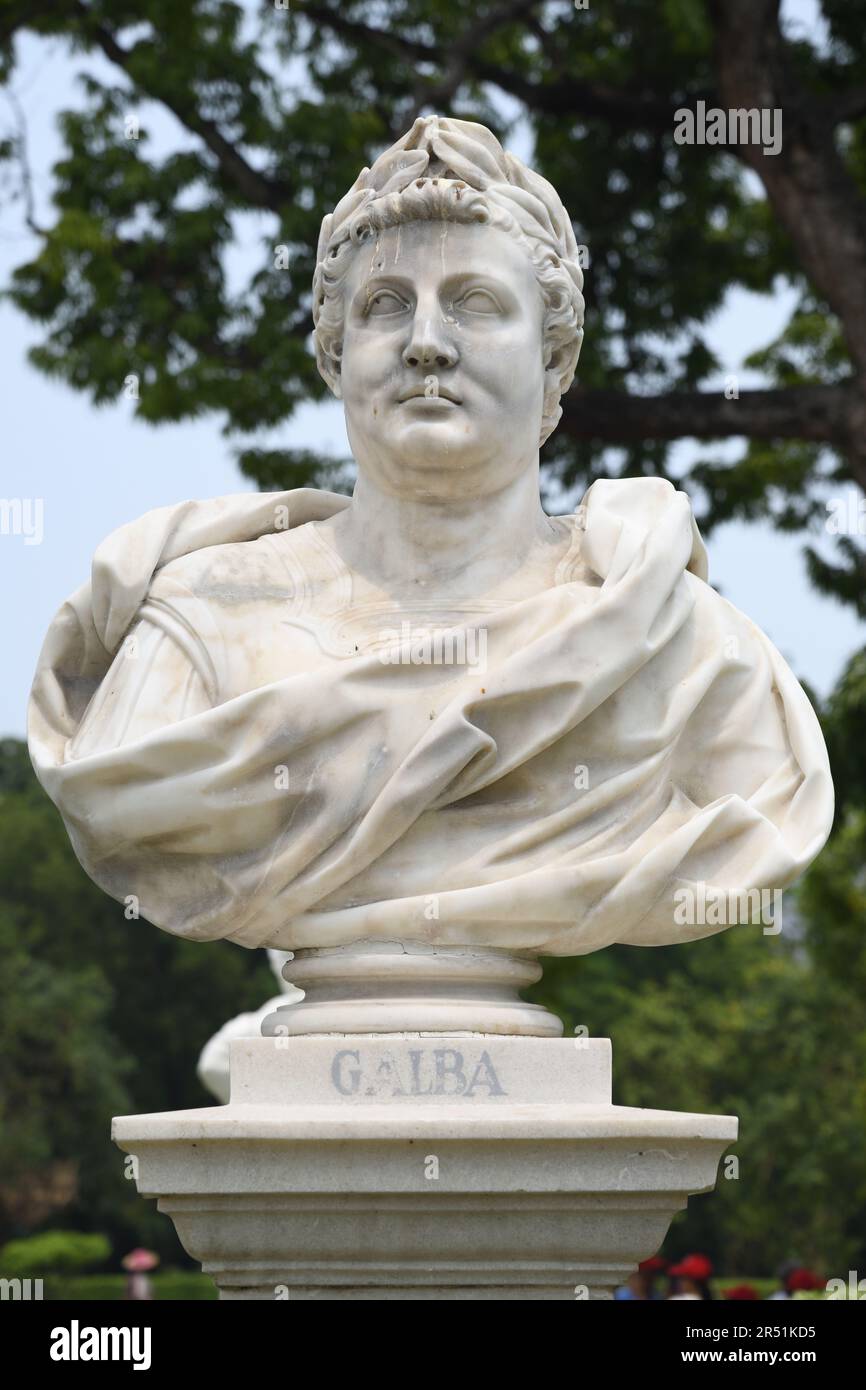


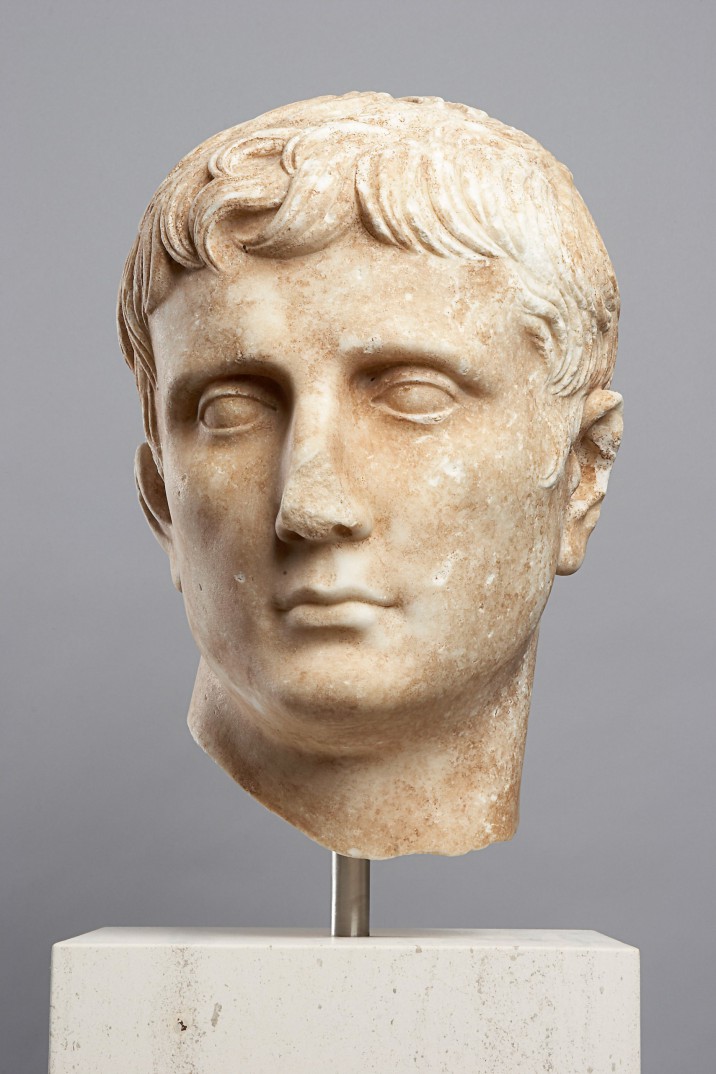

Comments